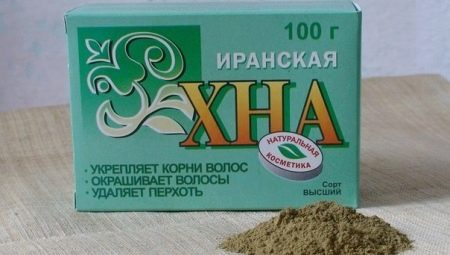Henna is a familiar unfamiliar word that many have heard, but did not immediately remember what it is. Meanwhile, henna is henna familiar to many. An affordable inexpensive tool is found not only in cosmetics stores, but also in pharmacies and tattoo parlors. With the help of this natural dye, the female gender becomes even more beautiful. But just before the first purchase, you should consider which henna is better to choose.
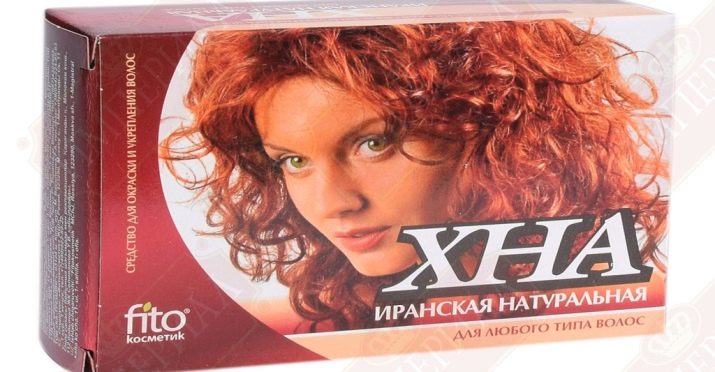
Features
The thing is that the southern thermophilic plant of Lawson, from whose leaves and stems they make the powder, grows in North Africa, South Asia, and India. It is here that the most popular Indian and Iranian henna are produced. Undoubtedly, these species are very similar, but also have their own characteristics, since the plants grow on different soils, and therefore differ in chemical composition.
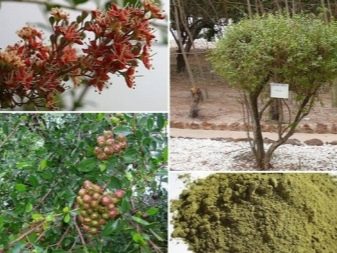
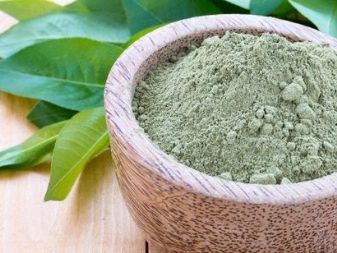
There are six major differences between Iranian and Indian powder.
- Granularity. To produce the powder, the leaves of Lavsonia are crushed, therefore, the natural particles of the plant are present in the composition. In the Iranian product, they are larger, which is noticeably noticeable when stained. Indian powder is a uniform flour.
- Usability. Due to larger particles, Iranian henna loses to Indian.
- Compatibility with other components. Other natural ingredients can be added to both powders to create new colors and shades.
- Color variety. In its pure form, the Iranian product gives one bright copper color. Indian powder without additives is seven shades.
- Availability. Indian lavsonia is much less common in ordinary stores, but you can buy it with an online order.Iranian powders in various variations can be bought at almost any cosmetic store, as well as on Internet portals.
- Price. Normal Iranian henna without additives is very inexpensive, it is slightly cheaper than Indian. But various complexes and mixtures are sold. Their price is much higher, but their benefits are greater.
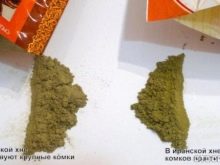
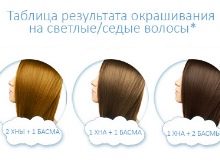

Henna has more interesting features. If you carefully read the instructions for use of any powder, it turns out that they make it not only from lavsonia. Yes, from this plant get a natural paint with pigment, as well as colorless henna. But a number of products also fit the concept of henna.
- Cassia is stupid. It is used as a colorless substance for healing hair.
- Cassia holly. Colorless henna, softening the scalp and hair, as well as protecting curls from the sun.
- Jujube. It is used as a remedy for dandruff, for the treatment and stimulation of hair growth. Protects hair dyed with lavsonia or basma. It is used as a cleanser for the head.
- Indigofer dyeing or basma. Black hair powder is obtained from the young leaves of an Indian plant.
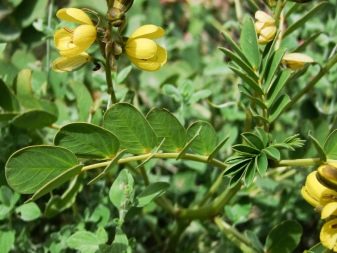

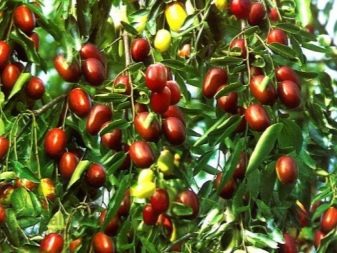
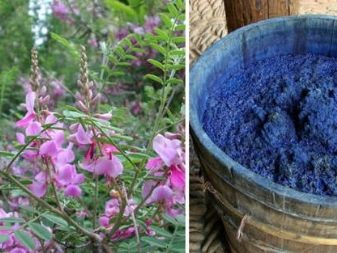
Thus, under the brand name “Iranian Henna” you can find lavsonia for color change, colorless, black basma, white henna to remove hair from the face and body, as well as to lighten curls. And all because in the East henna is called powdered body and hair care products.
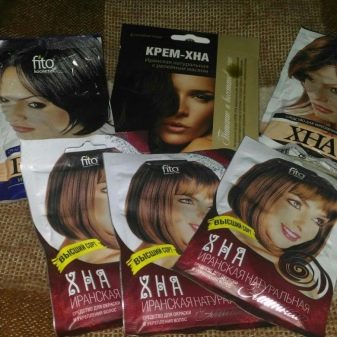
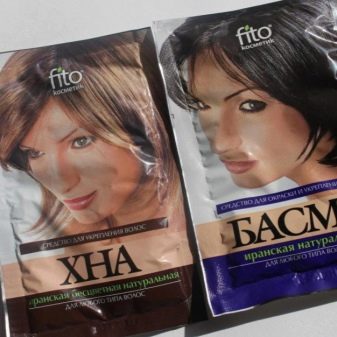
If we talk specifically about lavsonia, then using flowers, leaves and stems, the plant is used for:
- hair coloring
- treatment of scalp, hair follicles and strands;
- cleansing of excess sebum;
- eyebrow tattoo;
- body painting (mehndi, mehendi).

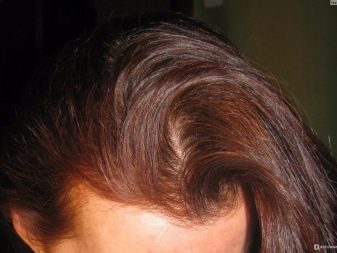
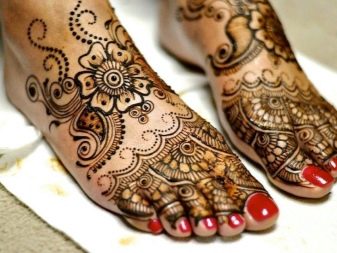
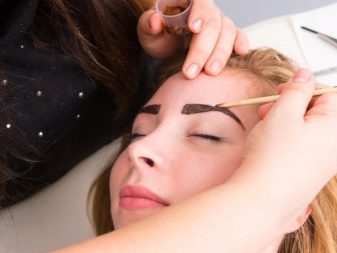
Advantages and disadvantages
The obvious advantages of natural Iranian paint include:
- hypoallergenicity;
- lack of ammonia and hydrogen peroxide;
- the possibility of using during pregnancy and feeding the baby breast milk (if before the use of henna did not cause individual intolerance);
- antiseptic properties for treating scalp;
- the ability to tighten the structure of the hair, which makes the hair thicker;
- the possibility of use from adolescence;
- improving the appearance of hair;
- low price and profitability;
- ease of storage of unused powder.

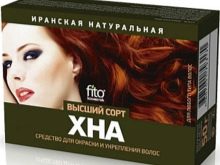

But there are also disadvantages to this natural paint:
- lavsonia does not completely paint over gray hair;
- henna straightens curly hair;
- it is very difficult to choose the consistency and exposure time of the paint;
- it is important to use the proposed recipe correctly so as not to be with green hair;
- wash hair dye is very problematic;
- frequent dyeing dries hair, making it brittle;
- Iranian paint has a very specific smell.

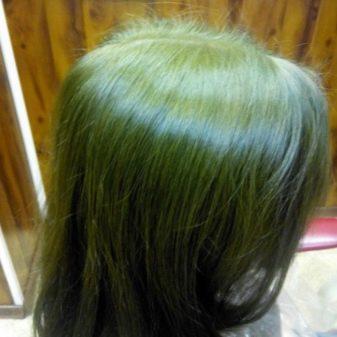
Shade options
Given that Iranian henna gives only one copper color, then you can achieve other shades by adding natural ingredients to the powder:
- bright red gives turmeric or saffron;
- ringlets with red tint will turn out if henna is kneaded not on water, but on a decoction of chamomile;
- cherry shade obtained by mixing the powder on beetroot juice or adding to the powder 4 tbsp. l cocoa;
- the colors of dark chocolate achieved by adding coffee in a proportion of 25 g of henna - 1 tsp., you can also use tea leaves;
- 1 part henna and 2 parts basma will do brown hair brown;
- Brown can be achieved using 5 tbsp. l ground coffee;
- 2 parts of henna and 1 part of basma will give brown hair bronze color;
- an hour of aging pure lavsonia, and then an hour - pure basma will make hair black.
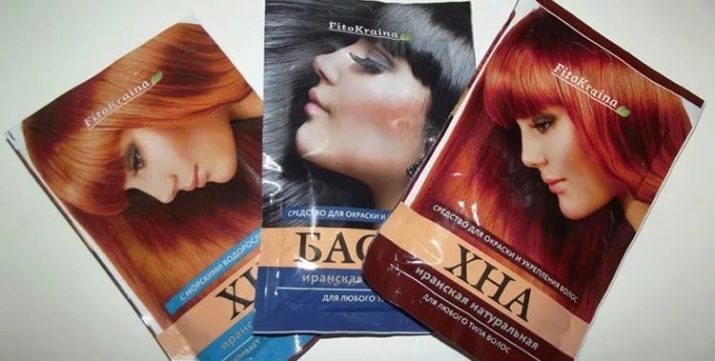
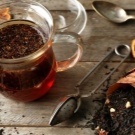
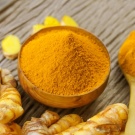


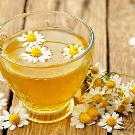
But of primary importance is the initial color of the curls, their thickness, condition, density. At first, choosing the right color will be problematic, since dark hair, in general, is not dyed the first time. Lavsonia has a cumulative effect. Correctly select the proportions of the components and the exposure time will help only experience.
The most careful should be to prepare the paint for light brown and gray hair: on light brown curls, any dye is more noticeable, and gray hair is porous, absorb paint faster. Mixtures applied to dark hair will make them brighter, shinier. It is difficult to turn a brown-haired woman or a brunette into a redhead, using lavsonia with or without additives. But you can lighten your hair with white henna.
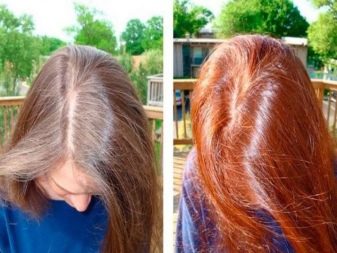

The most predictable effect can be achieved if you buy ready-made mixtures. But they are also completely natural or with synthetic dyes. And here, each buyer faces the question of trust not so much to the manufacturer as to the seller: quality goods are the destiny of honest sellers.
How to choose?
The quality of natural paint directly depends on the time of collection of leaves, flowers and stems, their location on the bush, storage conditions. Raw materials are of different quality.
- Henna of the lower grade made from stems and leafy powder. It is likely that they harvested after rain, it has a little chlorophyll, so it has a brown, not light green color. The vitamins, tannins and oils in this product are also a clear problem.
- Medium quality product made from leaves collected from the lower branches of the bush. Raw materials are collected in the fall, so it dries much longer, which affects the amount of lavson and chlorophyll. But there are much more vitamins and essential oils.
- Top grade characterized by a light green color, as the upper young leaves are collected in the hot summer and instantly dried under the scorching sun. Quick drying preserves chlorophyll and all beneficial ingredients. Staining with such a powder will be more resistant. Henna has a healing effect.
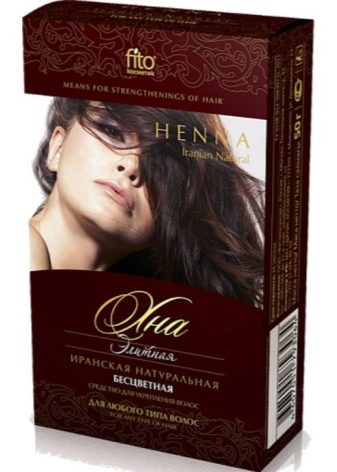

It is also important where the goods are packaged. Ideally, this should be in the place where the plant grows. Equally important are storage and sale conditions. If the store offered a package that lay in the sun, you should not buy it: the goods should be stored in a cool dark place. Therefore, a good option is an online purchase.
Two companies most clearly represent their products: “Artcolor” and “Phytocosmetic”. Products from other manufacturers are extremely rare. Definitely a marketing confrontation wins Phytocosmetic.
- The company's assortment is much wider: here not only dry powders, but also ready-made mixtures. Dry powder of the highest premium grade is designated as "Natural elite henna." Ready-made mixes in a huge assortment with the addition of burdock oil appear as “Cream-henna” or “Hair mask”. There is a colorless composition and white.
- Packaging is much more attractive: there are both cardboard boxes and metallized bags.
- Price very diverse depending on the composition.
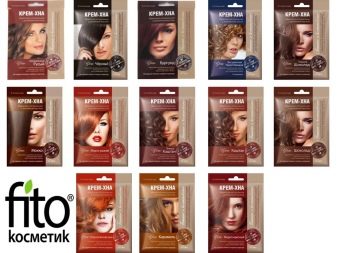
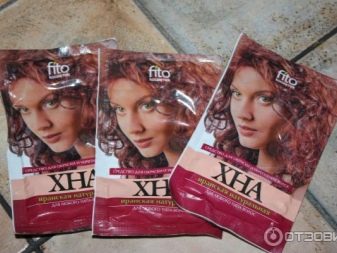
"Artcolor" also offers color, colorless and white henna. Buyers confirm that this is a worthy product of excellent quality, but it does not look as attractive as a competitor. Ready-to-use formulations are also not observed here.
Both companies present a high-quality product on the market, but experts still recommend buying henna made in Iran. And such stores can also be found. It’s just that the product is not always accompanied by a translation of the instructions for use, and therefore neither the expiration date nor the special recommendations are known.

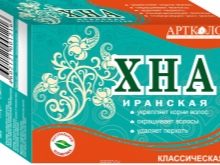
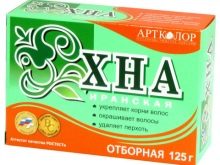
How to dye your hair?
Depending on the composition of the mixture, the painting technique at home may vary. But still there are common rules of preparation and work.
- The following items should be taken care of in advance:
- rubber or plastic gloves;
- brush or foam sponge;
- flat comb with a sharp tip to separate the strands;
- Cape on the shoulders;
- polyethylene cap;
- oilcloth or newspapers on the floor;
- a glass or ceramic container for paint;
- mirror (preferably folding);
- nourishing cream or medical vaseline;
- henna powder (75-100 g per average length) or the finished composition (according to the instructions);
- hot water (everyone does it differently, someone brews boiling water with boiling water, someone makes 60 - 90 degrees with water);
- vinegar (e.g. apple) or the juice of one lemon.

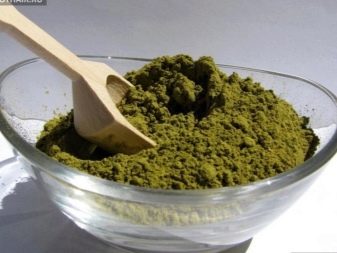
- Wash your hair with shampoo dry or completely dry the hair.
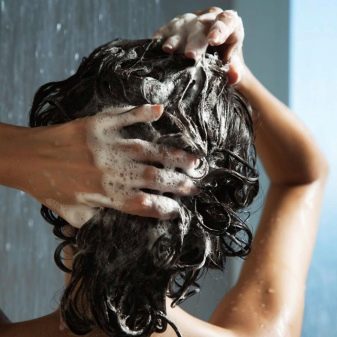
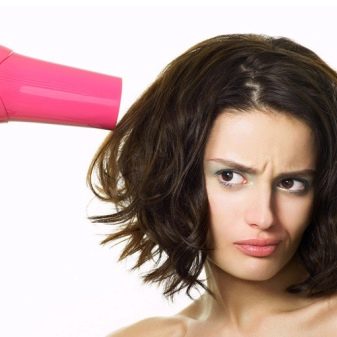
- Prepare a mixture of henna with water, other natural ingredients, any vegetable oil (or without it). The consistency of thin sour cream, which will easily lie on the hair, but do not drain from them - this is what should happen when mixing.
In the case of using oil, it is added before staining. Many users write that, in addition to oil, vitamins in liquid form (from ampoules) are added to the composition.
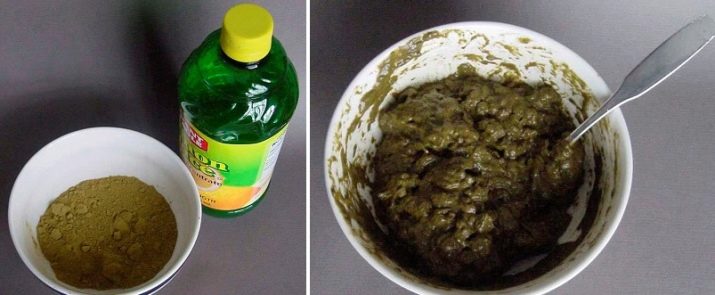
- Before painting the scalp along the hairline is smeared with cream (petroleum jelly).
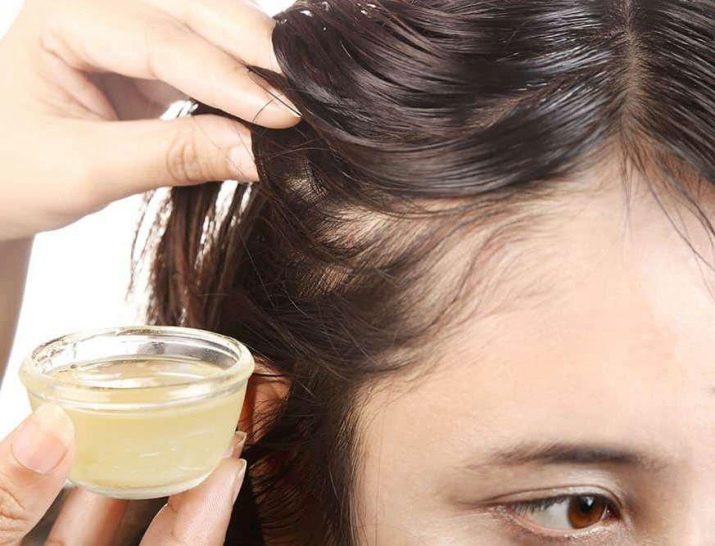
- Shoulder cover with a towel, floor - oilcloth. They put gloves on their hands.

- Starting at the back of the head carefully brush the roots over the entire head, dividing the strands with the fine handle of a comb.
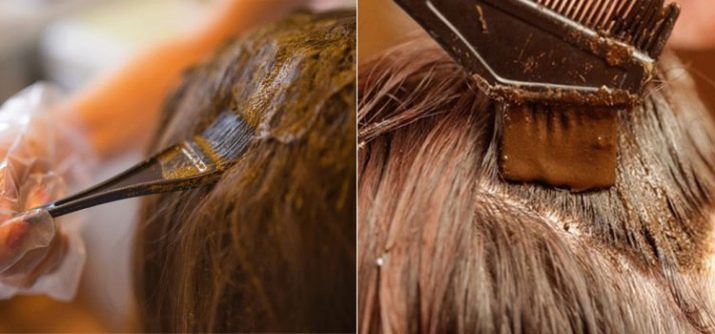
- Then with a brush and hands apply paint along the entire length of the strands. Hair is gently whipped and laid from roots to temech. This should be done quickly, until the paint has cooled. Warm henna penetrates hair more easily.
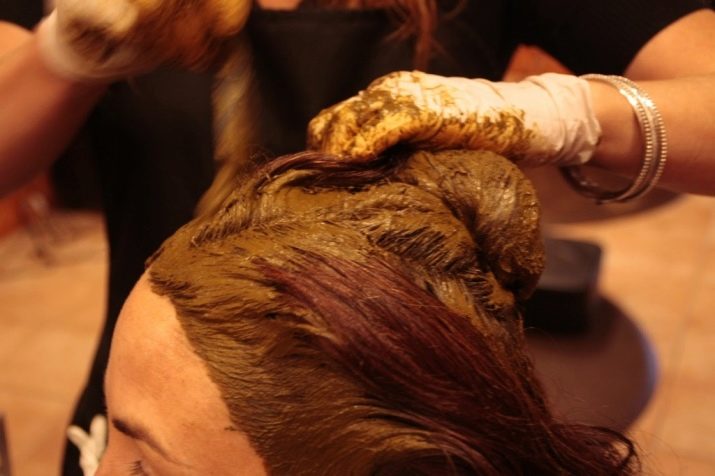
- A plastic cap, a bag, a cap, and then a towel - and the aging time begins. It is very individual: for the blonde to turn red, the paint must be kept for 15 minutes; dark hair is carried out in a couple of hours. The use of additional components increases the staining time by 3-4 times. But some leave paint for the night, and are happy with the result. Colorless henna is kept on blond hair for 30 minutes, and on dark hair for an hour.
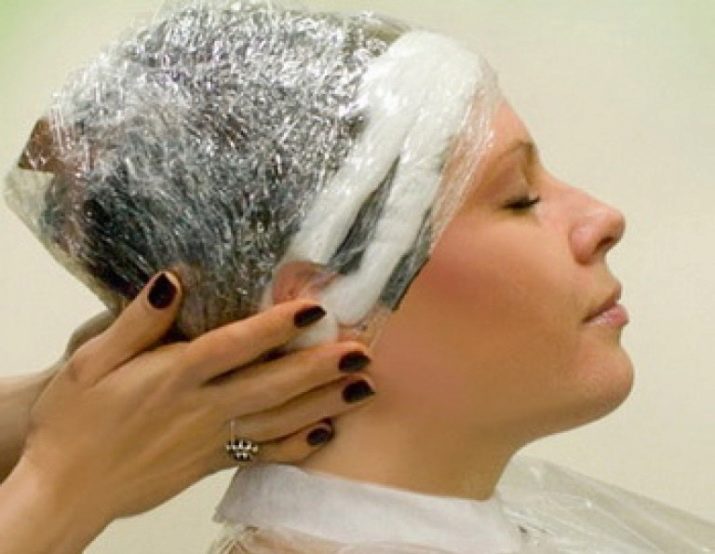
- No shampoo henna is washed under running water.
To make the hair shiny, they are rinsed with vinegar with water or lemon juice. The bath is washed immediately after the procedure!

- Paint is absorbed within 2-3 days, so the use of shampoos at this time is undesirable.

Reviews
There are a lot of reviews on the use of Iranian henna. Mostly they are positive. Women like to experiment, pick their color. But absolutely everyone writes that washing Iranian paint is much more difficult than Indian.
Both Artkolor and Fitokosmetik received good reviews. But often there are sayings of buyers that the paint purchased in different stores is very different from each other. So, we are talking about low-quality goods or counterfeit products. Users are advised to pay attention to the expiration date, as well as carefully consider the packaging before buying.
Excellent reviews received formulations reinforced with algae and oils.


But it is important to choose mixtures without artificial components. For people who are allergic to chemical paints, henna is a real salvation to give beauty to their hair.
See below for more details.
